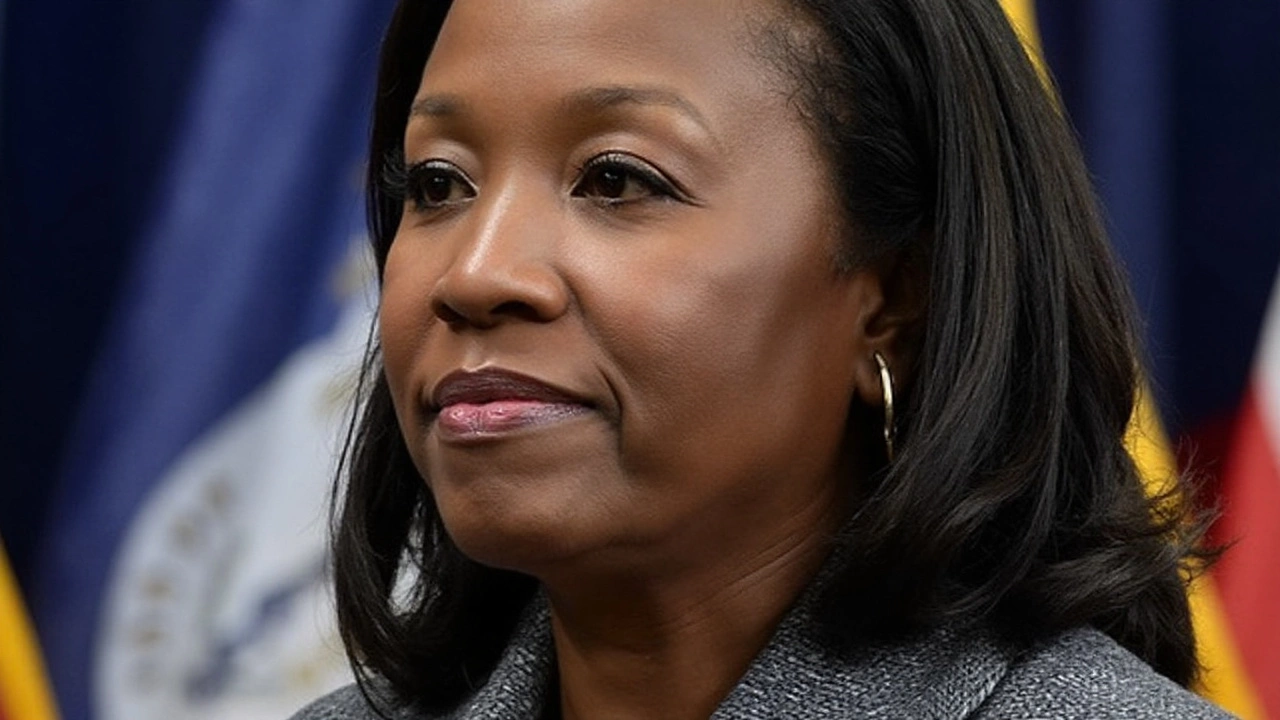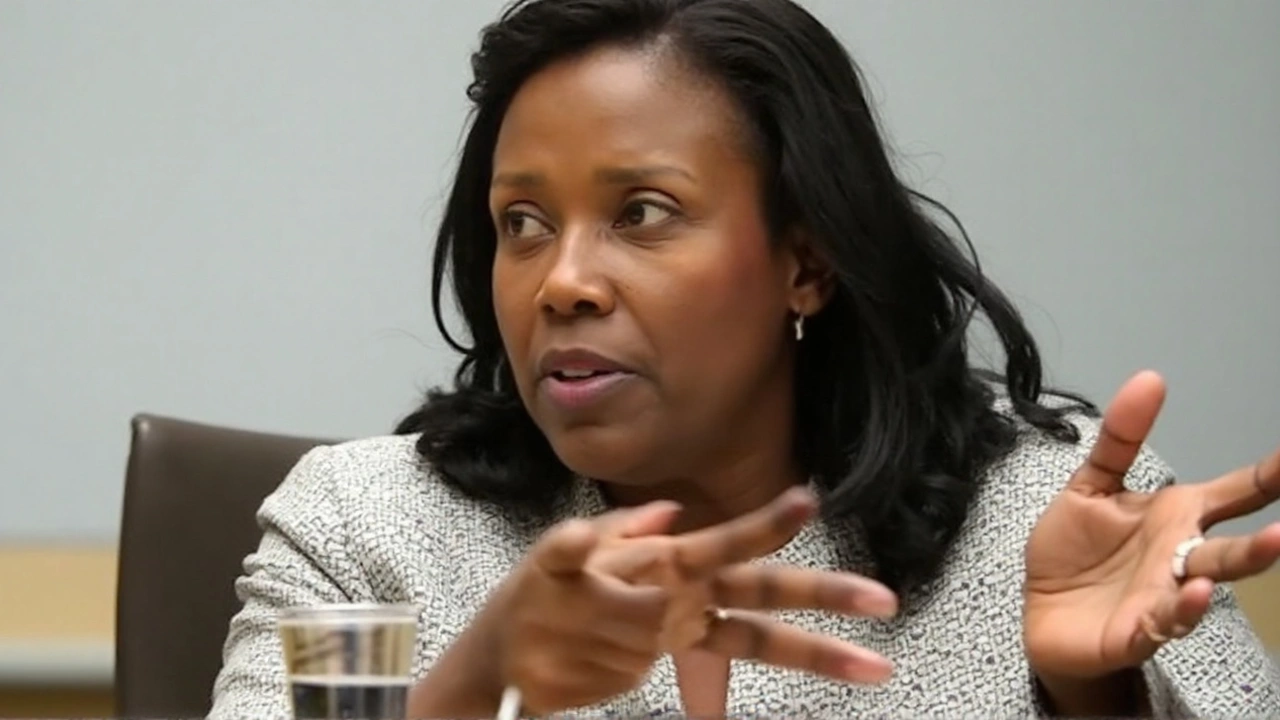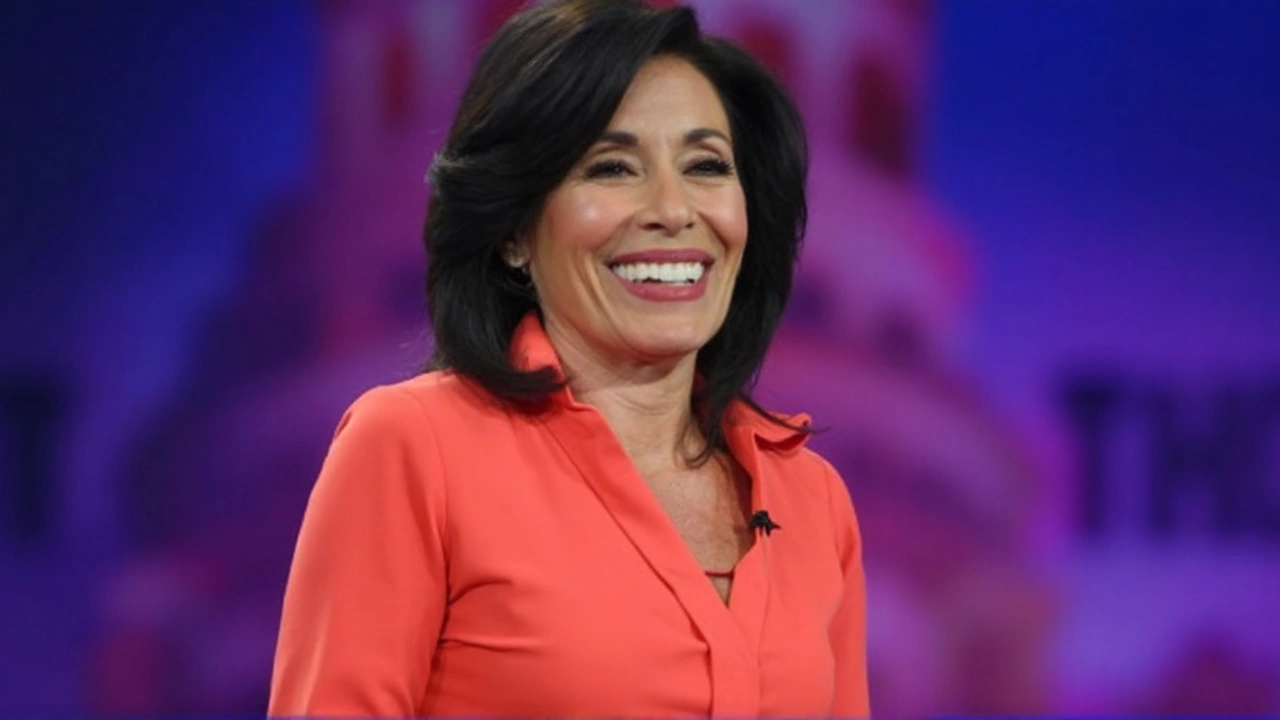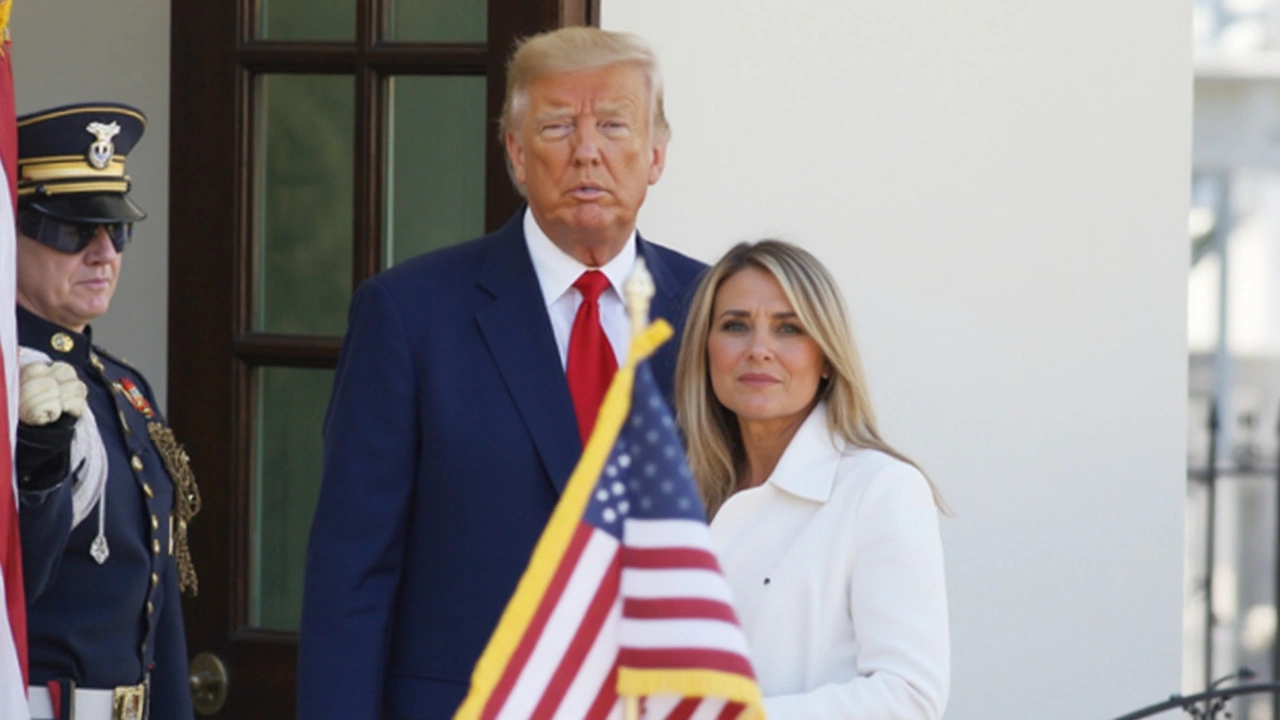What happened and why it matters
For the first time in U.S. history, a sitting president has tried to remove a governor of the Federal Reserve. Late Monday, President Donald Trump posted a letter saying he had fired Governor Lisa Cook “effective immediately,” citing allegations that she listed two primary residences on past mortgage applications. Cook, a Biden nominee and a key voice on the seven-seat Board of Governors, rejects the claims and is fighting the order.
Trump’s letter accused Cook of “deceitful and possibly criminal conduct” in a private financial matter before she joined the central bank. He said the matter had been referred to the Justice Department for possible prosecution, pointing to claims he attributed to Federal Housing Finance Agency official William Pulte. Cook’s camp has pushed back, denying wrongdoing and arguing the president has no authority to remove her from a term-protected post.
Democrats erupted. Senator Elizabeth Warren called the move a power grab that tramples the Federal Reserve Act. House Minority Leader Hakeem Jeffries said the White House offered no credible evidence. Representative Jamie Raskin described the ouster attempt as a constitutional earthquake. Several Democrats want the courts to block the order immediately.
The legal terrain is untested. The Federal Reserve Act says a governor can be removed “for cause,” but no president has actually used that clause to fire one. What counts as cause, who decides, and what process is required have never been hammered out by a court. That vacuum is now the battleground.
Behind the legal fight sits raw power over interest rates and financial stability. Trump has long made clear he wants a looser stance on rates and has openly criticized past Fed leaders for not cutting fast enough. If Cook is removed and the seat is filled by a loyalist, the White House could shift the Board’s center of gravity. Trump already cheered the early resignation of Governor Adriana Kugler, which allowed him to add a fourth Republican to the seven-member board. Replacing Cook would open the door to a fifth, a potential majority of appointees aligned with his agenda.
Cook’s background makes the showdown even more charged. A macroeconomist known for work on innovation and labor markets, she became the first Black woman to serve on the Board when confirmed in 2022 and was later confirmed to a full term. She previously taught at Michigan State University, advised the Obama administration, and served on key economic panels. Her supporters see a respected academic whose independence is the point of the job; her critics say any official facing credible financial allegations should be benched until the facts are clear.
The practical question now is immediate: Is Cook still a governor today? Without a court order, the White House says no. Cook’s legal team says yes, because the law does not let a president unilaterally remove a term-protected central banker on disputed allegations. That uncertainty could spill into day-to-day operations, from Board votes to the routine approvals the Fed handles for banks.

The legal fight and the stakes for policy, markets, and institutions
Everything turns on three words: “for cause.” The Federal Reserve Act permits removal of a governor for cause but never defined what that means. Historically, courts have treated “cause” as serious grounds like malfeasance, neglect of duty, or inability to perform the job—not policy disagreements or political friction. Whether a contested allegation about a pre-Fed mortgage form reaches that bar is the heart of the case.
There’s also the structure of the Fed itself. The Supreme Court has drawn lines around removal power in a series of decisions. In Humphrey’s Executor (1935), the Court upheld limits on a president’s ability to fire members of independent commissions, the kind designed to sit at arm’s length from the White House. More recently, in Seila Law (2020) and Collins v. Yellen (2021), the Court said “for cause” protections for single-director agencies like the CFPB and FHFA went too far. But those cases left multi-member boards largely intact—closer to the Fed’s model.
That mix cuts both ways. Trump points to the statute’s “for cause” clause and argues he has found cause. Cook’s camp is likely to argue two things: first, that the alleged conduct does not meet the legal threshold; second, that due process matters—evidence, procedure, and a defensible record—before a president can override Congress’s decision to insulate governors with fixed terms. Expect filings to lean heavily on the logic of Humphrey’s Executor and the Fed’s unique role in the economy.
How fast could this move? Very. Cook can seek a temporary restraining order and preliminary injunction, probably in federal court in Washington, D.C. Judges will weigh the likelihood she wins on the merits and whether she faces irreparable harm if she’s forced out now. A quick stay would keep her in the seat while the case moves forward. No stay would make the dismissal functionally real unless and until an appeals court intervenes.
Meanwhile, how does the central bank run? The Fed’s Board of Governors can operate with vacancies, and the rate-setting Federal Open Market Committee (FOMC) also includes five Reserve Bank presidents. Even with one less governor, the FOMC can still meet and vote. But a prolonged vacancy shifts the Board’s internal balance and changes who is in the room for bank supervision and rulemaking. Personnel is policy, especially at a central bank.
Markets care about independence. Investors accept the Fed’s decisions because they believe they’re data-driven, not campaign-driven. If the White House can tilt the Board by threatening to sack governors, investors may price in more political risk. That tends to show up in higher long-term borrowing costs, a weaker currency, or both. It’s not automatic—but the risk premium rises when the rules of the game look unstable.
We’ve seen versions of this story elsewhere. In Turkey, years of political pressure on the central bank to cut rates fueled a currency slide and stubborn inflation, with the lira hitting repeated lows as credibility eroded. The U.S. is not Turkey—its institutions are thicker and markets deeper—but the cautionary tale is straightforward: perception of political capture can be costly.
Presidents have pressured the Fed before. Lyndon Johnson browbeat Chair William McChesney Martin at the ranch. Richard Nixon leaned on Arthur Burns, and the short-term win helped set up the 1970s inflation mess. Ronald Reagan’s team grumbled about Paul Volcker’s tough stance before backing off. Trump’s move breaks new ground because it doesn’t stop at pressure; it tries to change the lineup mid-game.
There’s also the appointment chessboard. If the courts allow the removal, any replacement for Cook still needs Senate confirmation. That process can drag, especially if senators want answers about the allegations, the legal theory behind “for cause,” or the White House’s broader plan for the central bank. If courts block the removal, the White House faces a dilemma: appeal and extend the fight, or recalibrate and work through regular channels.
Another wrinkle: the Justice Department referral. A criminal probe, if it ever materialized, would run on a different clock than civil litigation over removal. And the legal standards don’t match. “Possible criminal conduct” is not the same as proven malfeasance. Even an investigation can take months or years, which is why courts often demand more than an allegation before approving drastic personnel moves in term-protected roles.
On the substance, the allegation at the center of this storm is narrow but potent: Did Cook list two different homes as her primary residence on mortgage applications before she joined the Fed? If so, was it intentional or a paperwork mess? Do documents support the claim? If not, where did the story come from, and why now? Those questions, not the political noise, will matter most in court.
Policy risks are not theoretical. If the Board tilts toward quicker rate cuts because members feel beholden to political timelines, inflation expectations could become less anchored. If it tilts toward tighter policy to prove independence, growth could slow more than necessary. The whole point of independence is to keep short-term politics from swinging long-term outcomes. That’s why even a failed attempt to remove a governor can bruise credibility.
Inside the Fed, the Chair has to manage two clocks: the legal calendar and the economic one. The institution will try to project stability—meetings on schedule, communications steady, forecasts grounded in data. But staff and governors will also prepare for contingencies: what to do if a court yanks a vote at the last minute, how to handle communications if legal filings drop on the eve of a rate decision, and how to assure banks and global counterparts that operations are normal.
Abroad, central bankers will be watching. The Fed is the anchor of the dollar system. Any hint that the U.S. is rewriting the playbook on central bank independence will get immediate attention from finance ministries and sovereign funds. Some will shrug; others will trim exposure until the dust settles. Even small portfolio shifts, at U.S. scale, can move markets.
What happens next comes down to judges, evidence, and time. Cook is expected to seek a court order that keeps her in the job while the case unfolds. The White House will argue the statute gives the president the power he used and that the allegations are serious enough to meet the standard. If the courts side with Trump, the seat opens and the confirmation fight begins. If they side with Cook, the boundary of presidential power over the Fed gets a fresh, bright line.


